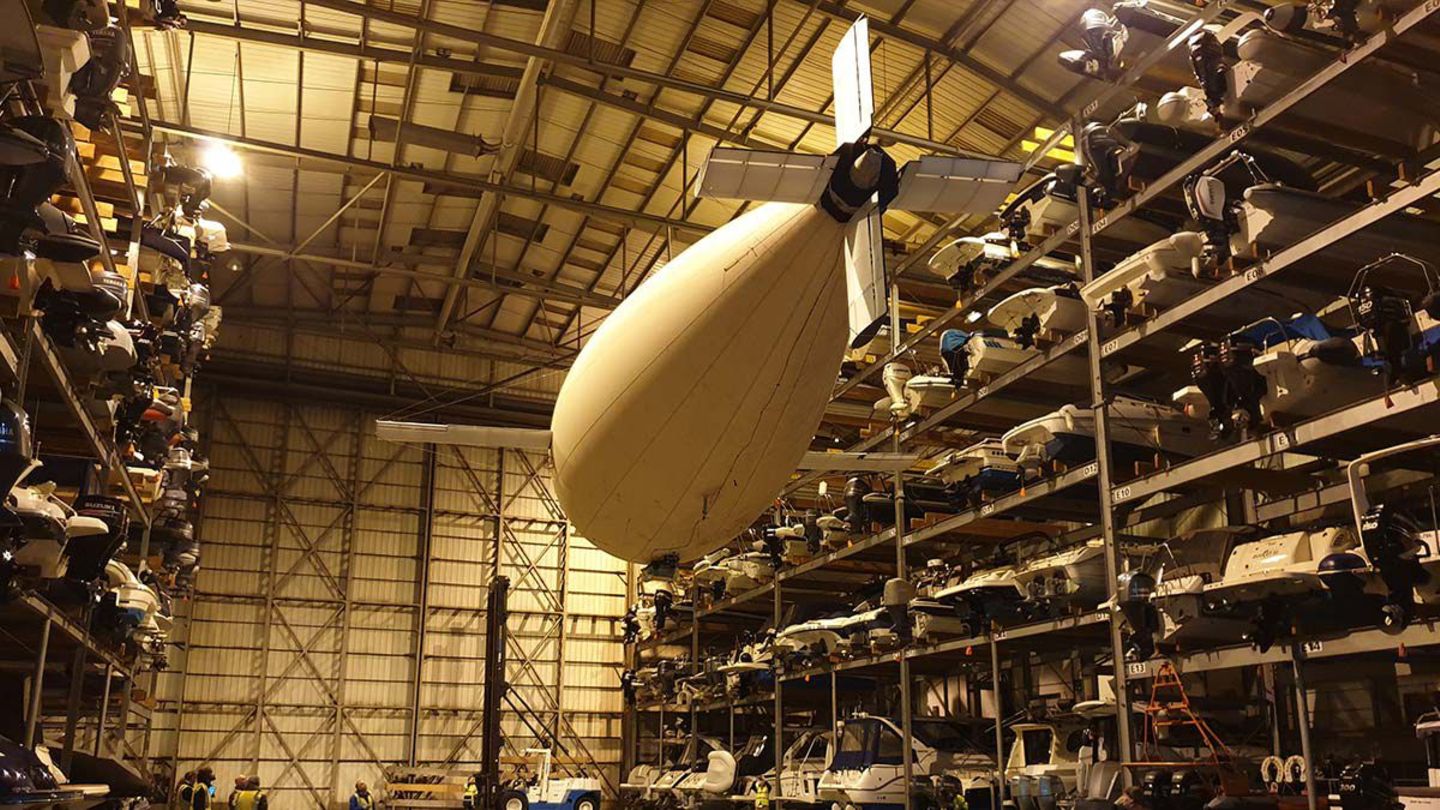The Phoenix drone advances like an octopus by inhaling and exhaling. It is supposed to perform the same services as a satellite, but it is much cheaper and does not leave any junk in space.
Staying in the air for a long time is an essential requirement for both scientific and military drone missions. As long as a drone is built like an airplane, this time remains limited. Even if the shape of the wing can lengthen the flight time: Only the airflow from the motors keeps the bird in the air for a long time.
British engineers have now developed a drone for extremely long missions. From the outside, the Phoenix is reminiscent of a small airship, it looks like a zeppelin with wings. And that is also correctly recognized. The light noble gas helium keeps the Phoenix in the air.
Compression drive is what makes the drone so special
The special thing is the drive, because the Phoenix has no rotors to move forward. The Phoenix picks up speed through inhalation and exhalation – it is, so to speak, an octopus of the air.
It works like this: At high altitudes, the Phoenix draws in ambient air and compresses the gas mixture in a bag. As a result of the compression, the gas and with it the Phoenix becomes heavier than its surroundings, it begins to sink. The wing shape ensures that the fuselage does not spin undirected towards the ground, but instead gathers speed in a controlled manner. After a while the descent is interrupted and the Phoenix expels the compressed air again. The cell becomes lighter and begins to rise again – this movement, too, is converted into steered propulsion.
“This system allows the Phoenix to be completely self-sufficient,” says project leader Andrew Rae, professor of engineering at the University of the Highlands and Islands. “The energy we need to drive the pumps and valves is provided by a battery that is charged by lightweight, flexible solar cells on the wings and on the stern.”
Replacement for satellites
The phoenix is 15 meters long and has a wingspan of 10.5 meters. It has already been tested, if only in one hall. “Vehicles based on this technology can even function as pseudosatellites and would be a much cheaper option for telecommunications activities,” said Rae. “Current equivalent aircraft are very complex and very expensive. In contrast, the Phoenix costs almost nothing.”
The fuselage of the aircraft is made of Vectran, with wings made of carbon fiber – the construction should be so cheap that the makers speak of “negligible” costs.
Theoretically, the Phoenix could stay in the air indefinitely, in practice the helium supply will run out after a while. The gas is difficult to control, a small proportion diffuses through the envelope. So far, a comparable propulsion system has only been used for underwater vehicles. Further trials will show whether the Phoenix can also survive storms.
David William is a talented author who has made a name for himself in the world of writing. He is a professional author who writes on a wide range of topics, from general interest to opinion news. David is currently working as a writer at 24 hours worlds where he brings his unique perspective and in-depth research to his articles, making them both informative and engaging.




